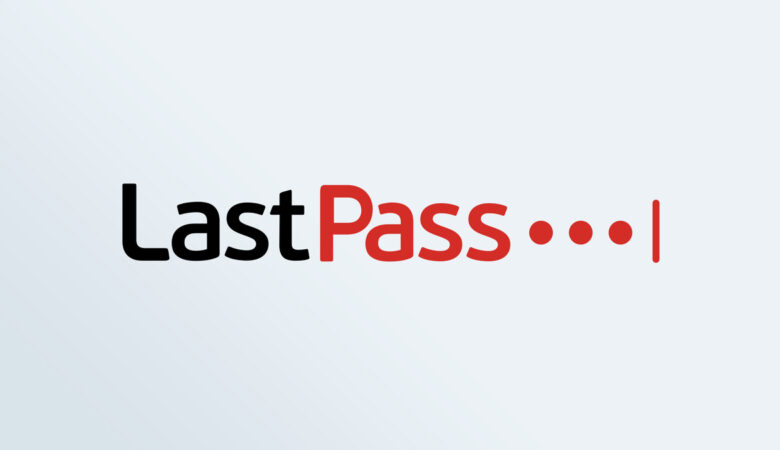The popularity of online marketplaces is on the rise, and understandably so. The industry accounts for $2.03 trillion of goods and more than half of the global online sales, plus the onset of the covid pandemic.
With the success and growth of companies such as eBay, Amazon, and Etsy, it is obvious why this is an attractive industry to venture into. While lucrative, it is not as simple as ABC to build a marketplace.
This article will discuss the types of marketplaces, the features for a successful marketplace, and a summary to help you build a marketplace website that works.
Types of Marketplaces
Marketplaces are categorized into vertical, horizontal, and global. Understanding each will help you on your way to learn how to make a multivendor marketplace.
- Vertical marketplaces have multiple vendors that cater to the same niche. Famous examples of these platforms include Chegg, Stock, and Zillow.
- Horizontal marketplaces have platforms that carry goods from several related product categories. These include DogVacay, Dote, Poshmark, and Etsy.
- Global marketplaces leave almost no stone unturned and supply products from any category to anyone. Some of the most popular vendors include Amazon, AliExpress, and eBay.
Once you have chosen a category, you will need to know what features to build into it.
Features to Build a Marketplaces Website
Some features the likes of Amazon, Etsy, and eBay have used to dominate the marketplace can be divided into three categories; admin, seller, and buyer features. They are a great place to start for any business to develop an online marketplace.
Admin Features
As the platform host, you will need a couple of features to help you execute tasks efficiently. Admin features are the administrator’s tools to run the marketplace background to interact with customers. Some features include a dashboard, order management, and customer care and support.
Intuitive dashboards make it easy for you to access information about your customers. You will be able to access several metrics on current and prospective customers that will help you make decisions to improve your service to customers. Such information includes demographics and your best and poorest selling products.
You need customer care and support module to respond to customer queries and questions. Some options include a comprehensive FAQ page, an email, a telephone contact, and a live chat option that is available 24/7 to attend to customers.
Seller Features
To create a p2p marketplace, you need to empower the seller. By adding features such as a seller’s profile, product listings, and real-time messaging, you can simplify the interaction between a seller and a buyer.
A seller’s profile has basic information about the seller, such as a business location, a contact, and tax information. It assures the buyer that they are working with a legitimate business and can follow up on any queries.
Product listings help sellers add, update or delete products from their profiles. Additionally, they can monitor and update product availability to customers.
Buyer Features
Buyers need features to enable them to select products and perform transactions. Marketplaces’ features to benefit the buyer include registration and authorization, customer reviews, and payment methods.
Before performing transactions, buyers need to register with the platform by providing personal details such as an address, email, and phone number. This is usually a once-off to make the buying process as quick and efficient the next time they log on.
Customer reviews allow customers to rate their product satisfaction. This helps guide new customers on making better product choices and helps the business improve its product offering and service.
Summary
Online marketplaces have a bright future ahead. Therefore, we will be more businesses entering the space. To build a marketplace website, new companies should have the basics of start-up capital, programming knowledge, and manpower and take note of the features that established companies have used.
Once the basics are in check, you should create a marketplace’s MVP (minimum viable product). This will help your marketplace value proposition stand out from the competition.






